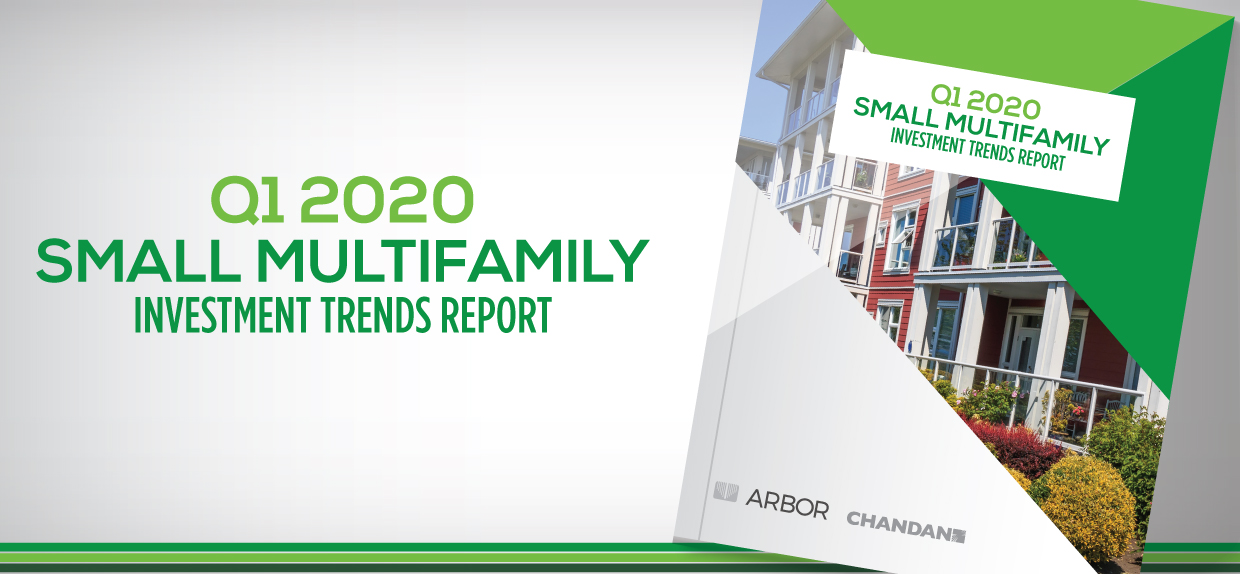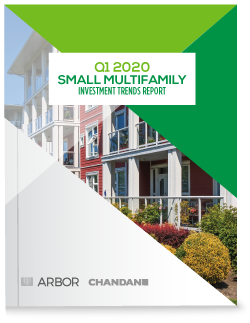The single-family rental (SFR) sector continued showing strength in several key areas in the second quarter of 2025, even as residential housing market growth moderated.

COVID-19 Uncertainty Slows New Investment Yet Sector Retains Resiliency
While the impact of COVID-19 contributed to a 0.9% decline in small multifamily prices in the first quarter of 2020, they are still up 5.5% from a year ago.
Chandan Economics’ analysis noted that annualized first-quarter small multifamily loan value fell to $55.2 billion, representing a 6.7% decline in lending activity compared to last year. Yet the report provides reasons for reassurance. The dependability of underlying multifamily demand and the agencies’ commitment to providing programs that maintain market liquidity support the sector’s traditional resiliency. Even with the uncertainties caused by the coronavirus, multifamily is expected to outperform other sectors.
Download the full report, “Q1 2020 Small Multifamily Investment Trends Report,” for the latest updates covering the following:
- State of the Market
- Lending Volume
- Cap Rates & Spreads
- Leverage & Debt Yields
- Economic Outlook


